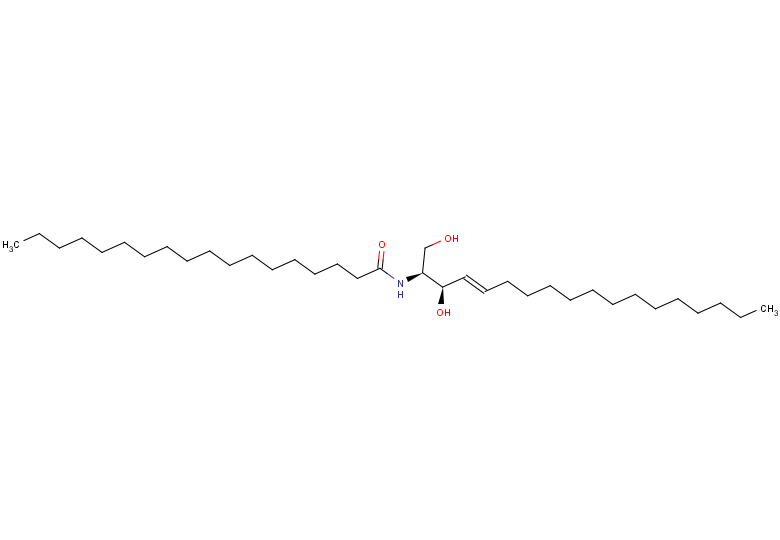C18 Ceramide (d18:1/18:0)
| Code | Size | Price |
|---|
| TAR-T35806-10mg | 10mg | Enquire | |||||||||||||||||||||||||||||||||||||||||||||||||||||||||||||||||||||||||||||||||||||||||||||||||
| Special offer! Add £1 to your order to get a TargetMol CCK-8 Kit. Read more here. | |||||||||||||||||||||||||||||||||||||||||||||||||||||||||||||||||||||||||||||||||||||||||||||||||||
Quantity:
| TAR-T35806-25mg | 25mg | Enquire | |||||||||||||||||||||||||||||||||||||||||||||||||||||||||||||||||||||||||||||||||||||||||||||||||
| Special offer! Add £1 to your order to get a TargetMol CCK-8 Kit. Read more here. | |||||||||||||||||||||||||||||||||||||||||||||||||||||||||||||||||||||||||||||||||||||||||||||||||||
Quantity:
| TAR-T35806-5mg | 5mg | £420.00 | |||||||||||||||||||||||||||||||||||||||||||||||||||||||||||||||||||||||||||||||||||||||||||||||||
| Special offer! Add £1 to your order to get a TargetMol CCK-8 Kit. Read more here. | |||||||||||||||||||||||||||||||||||||||||||||||||||||||||||||||||||||||||||||||||||||||||||||||||||
Quantity:
Prices exclude any Taxes / VAT
Overview
Regulatory Status: RUO
Shipping:
cool pack
Storage:
-20℃
Images
Documents
Further Information
Bioactivity:
C18 Ceramide is an endogenous bioactive sphingolipid. It is the primary short-chain ceramide found in brain tissue whose synthesis is regulated by longevity-assurance homologue 1 (Lass1) in mice.[1] Increased expression of C18 ceramide reduces cell growth in UM-SCC-22A squamous cell carcinoma cells.[2] It is selectively downregulated in 32 human head and neck squamous cell carcinoma tumor tissues as compared to non-squamous tumor tissues. C18 Ceramide concentration is significantly higher in muscle tissue of type 2 diabetic patients compared with non-diabetic patients and is positively correlated to body mass index and inversely related to insulin sensitivity.[3]
CAS:
2304-81-6
Formula:
C36H71NO3
Molecular Weight:
565.968
Pathway:
Metabolism
Purity:
0.98
SMILES:
CCCCCCCCCCCCCCCCCC(=O)N[C@@H](CO)[C@H](O)C=CCCCCCCCCCCCCC
Target:
Phosphatase
References
Wang Z, et al. Overexpression of ceramide synthase 1 increases C18-ceramide and leads to lethal autophagy in human glioma. Oncotarget. 2017 Oct 23;8(61):104022-104036.
Azizov S, et al. Solvent-resistant microfluidic paper-based analytical device/spray mass spectrometry for quantitative analysis of C18 -ceramide biomarker. J Mass Spectrom. 2021 Apr;56(4):e4611.
Oh MJ, et al. Novel phytoceramides containing fatty acids of diverse chain lengths are better than a single C18-ceramide N-stearoyl phytosphingosine to improve the physiological properties of human stratum corneum. Clin Cosmet Investig Dermatol. 2017 Sep 13;10:363-371.



